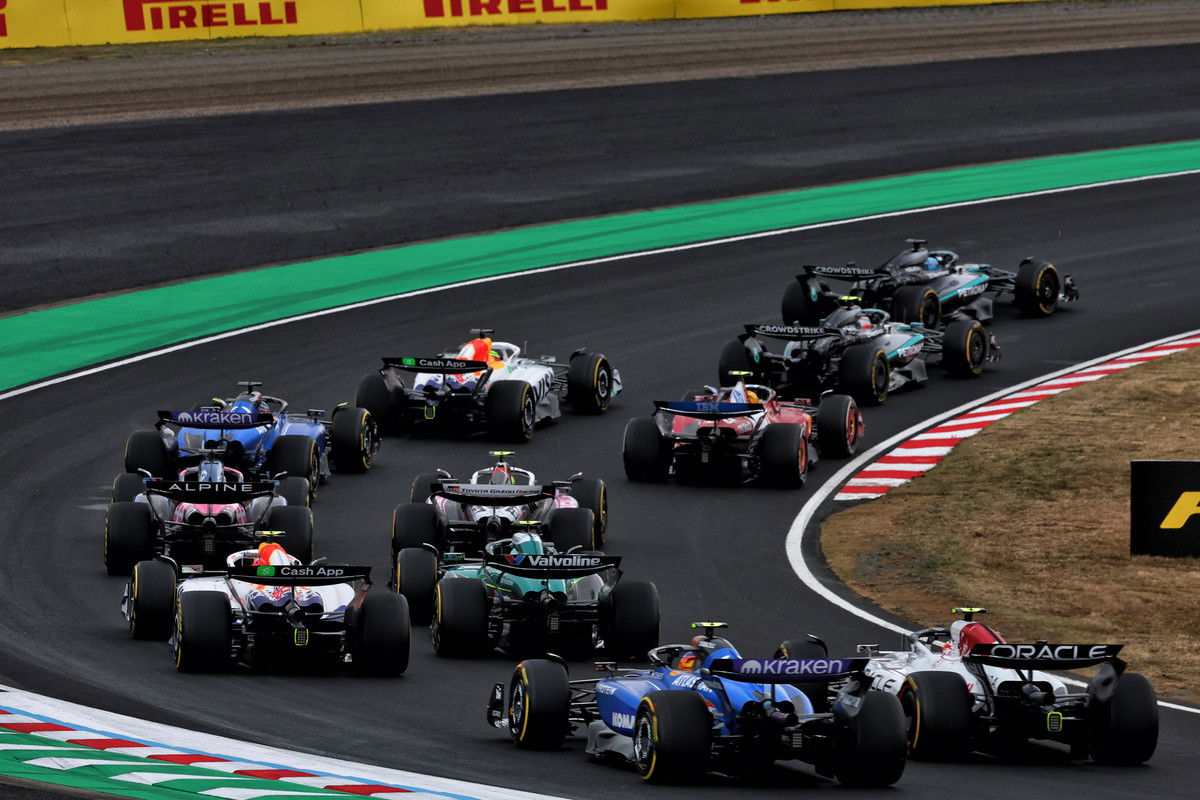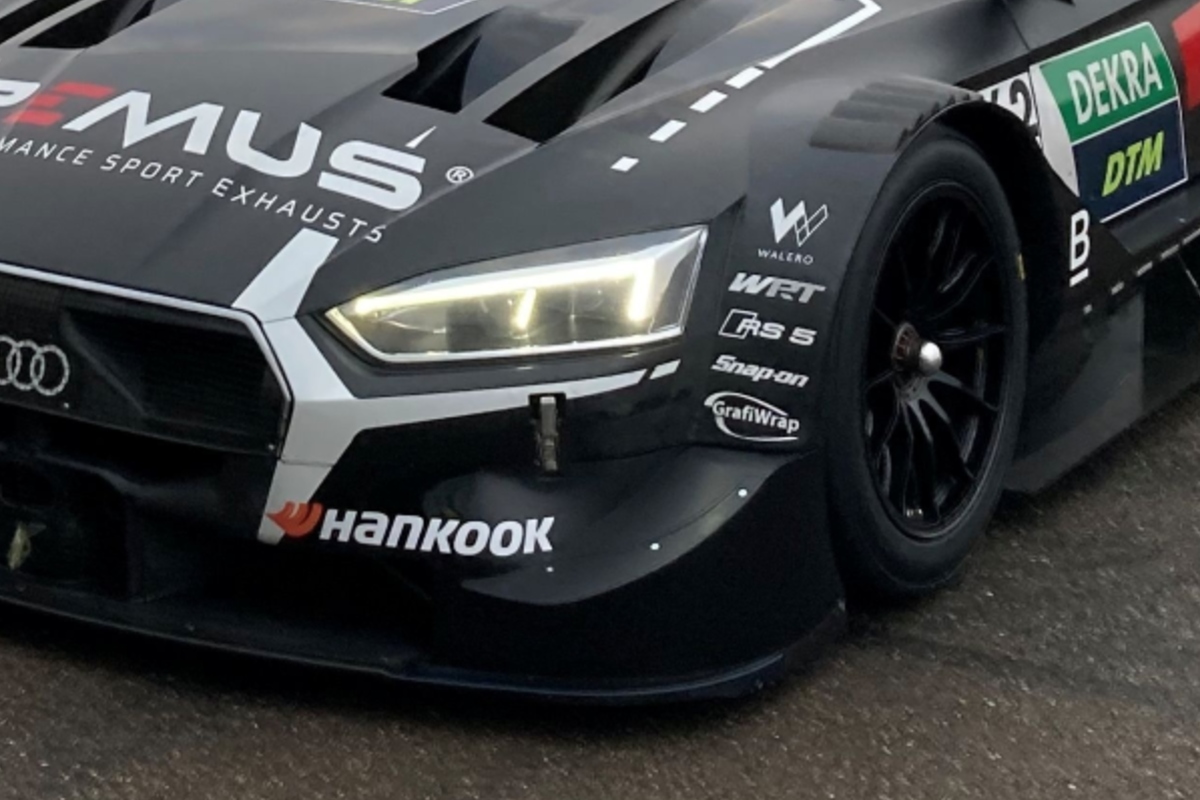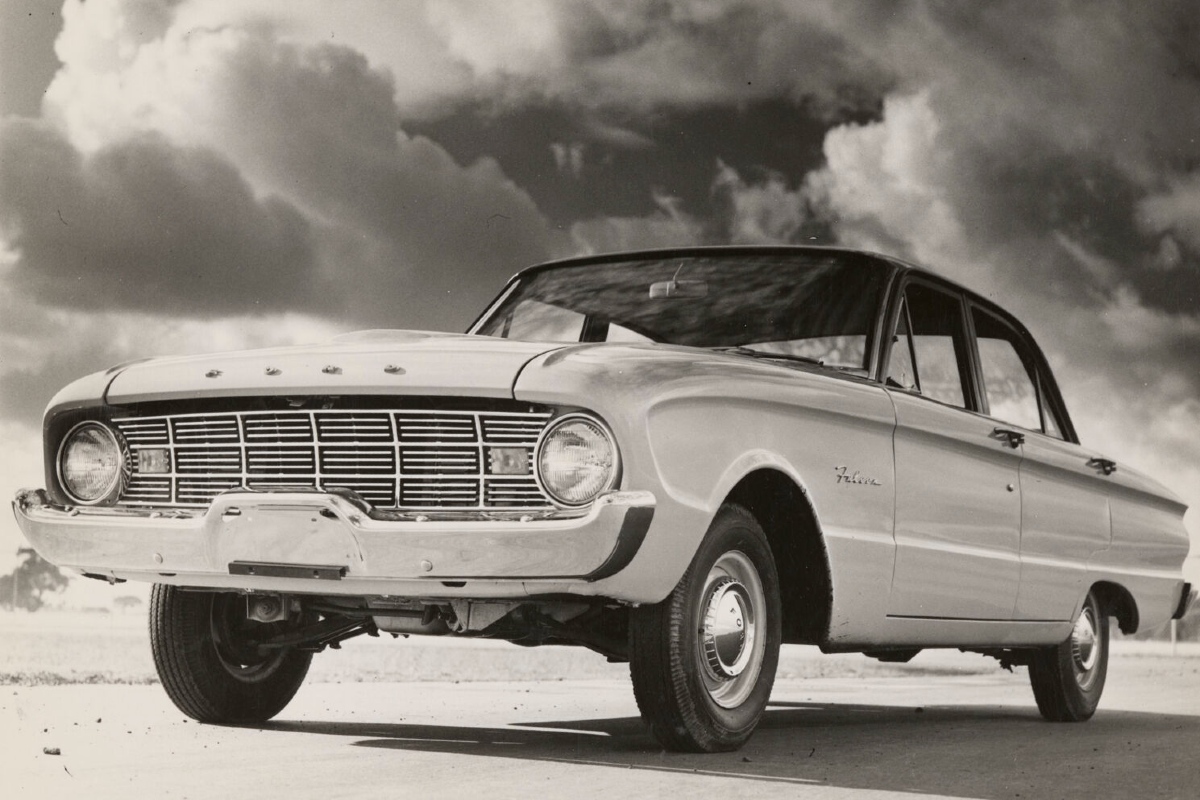
Current regulations dictate a hybrid solution, with the bulk of the power delivered by a 1.6-litre turbocharged six-cylinder engine.
That basic architecture will continue into 2026 but with a greater focus on hybrid power as part of a broader regulation change.
There were suggestions F1 could retain the current power units before reverting to normally aspirated V10 engines in the medium-term.
It’s understood that a meeting of the F1 Commission on Friday will see the concept passed over.
The proposal is expected to be rejected, as the incumbent car manufacturers prefer to continue down the hybrid path.
From next year, the focus on electrical power will increase to around 50 percent of total output.
In conjunction with that, F1 is ditching the expensive and complicated MGU-H that has been in use since 2014.
The 2026 ruleset was developed in concert with the power unit manufacturers and has seen Honda reverse a decision to withdraw from F1, General Motors announce its plans to develop a power unit, Audi acquire a team in its entirety, and Ford to partner with Red Bull in its Red Bull Powertrains operation.
Even Porsche was interested in joining the fight, though it couldn’t reach a suitable deal with an existing operation and has since cooled on the concept.
The regulations set to be introduced for 2026 are planned to run through to 2031.
Beyond that, there are differing opinions on which way F1 should go, especially as sustainable fuels emerge.
F1 will adopt a fully sustainable fuel for next season in a move that, in theory, opens the door for alternate engine configurations while still addressing the desire to become net carbon zero by 2030.
A concern with the next generation of regulations remains the extreme costs and complexity.
While the MGU-H was eliminated to reduce cost, and financial regulations governing what power unit manufacturers can spend, it remains prohibitively expensive.
That exposes F1 should the manufacturers opt to exit the sport, as happened in the wake of the global financial crisis in 2008 when Toyota, BMW, and Honda all departed.
Uncertainty and volatility in the market caused by the tariffs introduced by the Trump administration in the United States have the potential to significantly impact automakers globally, prompting them to re-evaluate their F1 investments.
A move to simpler V10 engines would allow F1 to engage with smaller power unit companies such as Cosworth and cover that potential risk.
There has also been a recent suggestion the switch could include a return of KERS – the kinetic energy recovery system – last used in F1 in 2013.
Limited then to 60kW of additional power, and 400kJ over the course of a lap, it was suggested a 100kW unit would meet sustainability objectives.
While there is logic in reverting to a simpler configuration, even including a KERS element, there is strong opposition given the sunk costs in the 2026 regulations.
“We can’t say whether V10s are acceptable or not in terms of efficiency,” Koji Watanabe, president of Honda Racing Corporation, told the Japanese language version of Motorsport.com.
“We would first like to understand the details of what is being proposed before we start a discussion.
“A meeting is planned, and at that meeting we want to express our point of view as engine manufacturers.
“As far as Honda is concerned, our reason for entering F1 again is electrification and (the type of) powertrains.”
Audi is understood to hold a similar opinion and while Red Bull boss Christian Horner has expressed his personal desire for a return to screaming V10s, he has also invested significant resources in founding Red Bull Powertrains, a business entirely developed around building a hybrid unit for the 2026 regulations.
The increased focus on hybridisation has significantly impacted aerodynamic regulations from next season.
F1 will introduce moveable aerodynamics, ostensibly to overcome deficiencies in the power unit regulations, which have raised concerns that the cars will run out of power on a long straight.
There is also a concern that the regulation change will transform the sport into a power unit-dominated competition, introduce disparity between the different manufacturers, and thus negatively impact the racing product.
Formula 1 has done much to reinvent itself over the past 10 years and has seen a raft of fresh interest as a result.
As F1 faces arguably the most significant regulatory change in its 75-year history, the challenge is to find a path beyond 2026 that meets the needs of the teams, power unit manufacturers, sponsors, and promoters, while simultaneously offering fans what they want.
























Discussion about this post